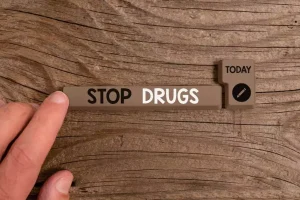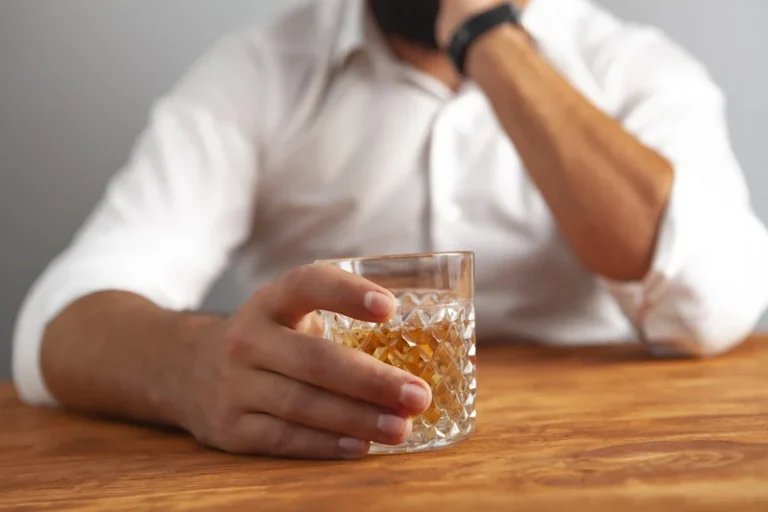10 Tips for What to Do After Relapse Occurs
- admin
- October 10, 2023
- Sober living
- 0 Comments

Support networks provide emotional sustenance, accountability, and a sense of community that can significantly bolster an individual’s resilience and commitment to sobriety. Reconnecting with supportive individuals and forming new relationships are essential steps. For alcohol use disorder (AUD), medications such as naltrexone and acamprosate are FDA-approved and have been shown to increase abstinence rates and decrease the risk of heavy drinking relapse. Off-label drugs like topiramate and gabapentin are also used to support recovery goals, especially in individuals who do not respond well to first-line treatments. Medication plays a critical role in supporting individuals through the addiction recovery process.
A Better Way to “Deal” Than Drinking (or Drugging)
It’s wise to create in advance a plan that can be enacted on the spot—for example, pre-arranging for a friend or family member to pick you up if you text or call. One way of ensuring recovery from addiction is to remember the acronym DEADS, shorthand for an array of skills to deploy when faced with a difficult situation—delay, escape, avoid, distract, and substitute. Avoidance is an excellent coping strategy if you know that you are likely to run into danger. Of course, that requires understanding what your triggers are. But life is often unpredictable and it’s not always possible to avoid difficulty.

Seek Further Treatment & Support

Ultimately, it is up to each individual to adjust their lifestyle and take responsibility for their actions. While this is a recovery step that requires daily practice, it’s important to apply this thinking immediately after a relapse. It is also important what to do after a relapse to find ways to deal with stress that don’t involve relying on alcohol, substances, or harmful behaviors. Stress relievers that might help you manage acute and long-term stress include yoga, deep breathing, meditation, and mindfulness practices.
Coping With a Relapse

Conversely, a relapse often requires a more intensive intervention to get back on track, which may include revisiting treatment options or adjusting the recovery strategy. From the model depicted above, you can see that everything relates back to the “high-risk situation” (where relapse triggers are at their most prominent). People with effective coping responses to high-risk situations (i.e., they have increased “self-efficacy” – see below), are at a decreased probability of a relapse. Viewed at with reference to our topic of addiction relapse, that’s a huge number of people potentially going through this same event as you.

Stage 2: Mental relapse
- If The Recovery Village is not the right fit for you or your loved one, we will help refer you to a facility that is.
- That may mean calling 911 if you think an overdose is possible.
- The first thing you should do after recognizing that relapse has occurred is find safety.
- Since I’ve been struggling with this recently in my own life, I’ve laid out seven strategies to get unstuck … to recover from a relapse.
- Another form of relapse is a “lapse.” A person lapsing may have one or two drinks then return to sobriety.
By addressing these emotions head-on, individuals can reaffirm their commitment to recovery and build resilience against future challenges. Embracing a routine and focusing on physical, mental, and emotional wellness are essential components of a robust relapse prevention plan. It’s critical to differentiate between these emotions to effectively cope with them.
Learn From the Experience
- However, emotions and resulting behaviors may already be laying the foundations for future relapse.
- According to a review of relapse prevention, lapse and relapse are particularly common within the first year of seeking treatment.
- The rate of relapse after treatment for alcohol abuse is around 90 percent.
- Relapse prevention therapy (RPT) was developed over 40 years ago by G.
- But we must give ourselves some grace and be compassionate to ourselves.
Craving is an overwhelming desire to seek a substance, and cravings focus all one’s attention on that goal, shoving aside all reasoning ability. Perhaps the most important thing to know about cravings is that they do not last forever. It is also necessary to know that they are not a sign of failure; they are inevitable. But their lifespan can be measured in minutes—10 or 15—and that enables people to summon ways to resist them or ride them out.
- However, their negative mindset continues to negate other protective factors.
- Reestablishing a network of supportive relationships is a pivotal step in recovery after a relapse.
- Sometimes, you unknowingly begin taking steps toward a relapse weeks or months before actually drinking or using drugs.
- In the case of a substance use disorder, relapse means a return to using.
Prolonged stress during childhood dysregulates the normal stress response and can lastingly impair emotion regulation and cognitive development. What is more, it can alter the sensitivity of the stress response system so that it overresponds to low levels of threat, making people feel easily overwhelmed by life’s normal difficulties. Research shows a strong link between ACEs and opioid drug abuse as well as alcoholism. Cravings occur because the human brain has remarkable powers of association. They are typically triggered by people, places, paraphernalia, and passing thoughts in some way related to previous drug use. In the absence of triggers, or cues, cravings are headed toward extinction soon after quitting.
What to Do After a Relapse Step-by-Step
Medications can help you manage withdrawal symptoms before they trigger a relapse. Recovering from drug or alcohol addiction isn’t a quick process. It takes time to get over a dependence, deal with withdrawal symptoms, and overcome the urge to use.
- Cravings occur because the human brain has remarkable powers of association.
- One of the most important parts of getting over a relapse and staying on the path to recovery is understanding what caused your relapse.
- It’s a cornerstone of a resilient recovery journey, helping individuals navigate the complexities of sobriety and reduce the likelihood of future relapses.
- Relapse is a normal part of recovery, and you can return to sobriety with support and self-compassion.
You just have to use your resources efficiently to create the desired outcomes. Relaxing and taking time to do things that make you happy is another important part of self-care. Acknowledge that recovery is a difficult process and you’re doing the best you can. Eat a well-balanced https://ecosoberhouse.com/ diet with lots of fresh fruit and vegetables, lean protein, and whole grains. Following these healthy habits will help you feel better and more in control of your life. When the urge to use hits, remind yourself why you started down the path to recovery in the first place.
But you can learn how to ease stress, avoid risky situations, and manage your disease. It is a temporary setback in a recovery process that will one day lead you to live your life free of drugs. Once you’ve taken responsibility for your actions and removed yourself from situations where you could use again, the next step is to get help. Addiction relapse is by no means an uncommon occurrence, and many addiction treatment programs offer guidance for people who have relapsed or are in danger of doing so. Reaching out and getting professional help should be a top priority once you’ve decided to get your life back on track. Many factors play a role in a person’s decision to misuse legal or illegal psychoactive substances, and different schools of thinking assign different weight to the role each factor plays.